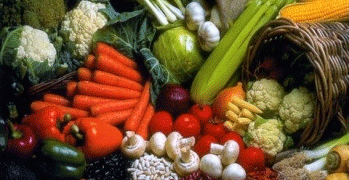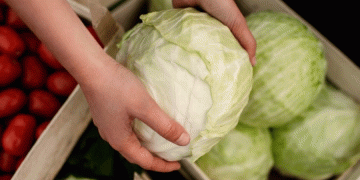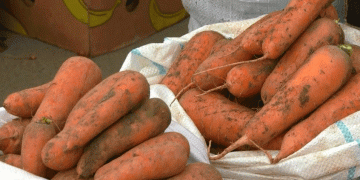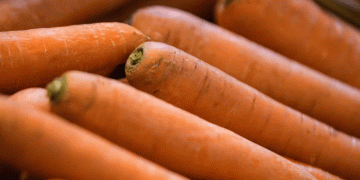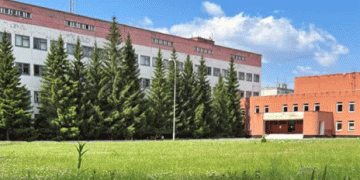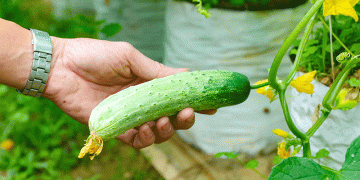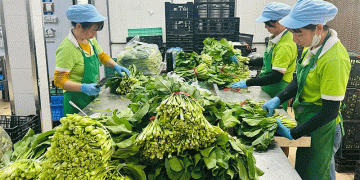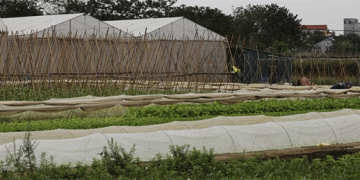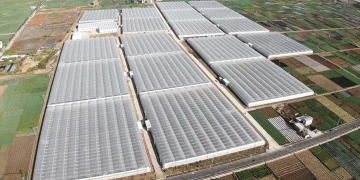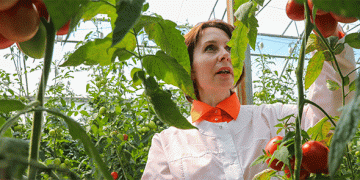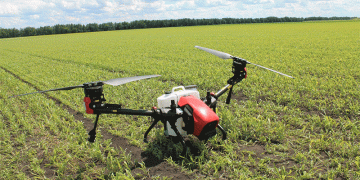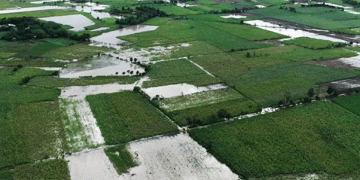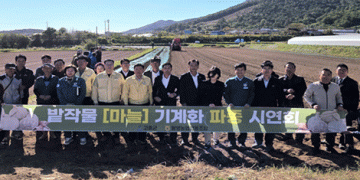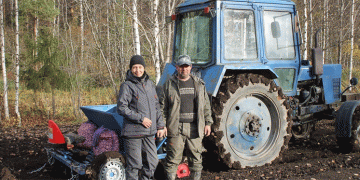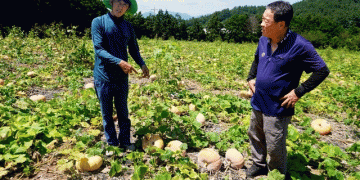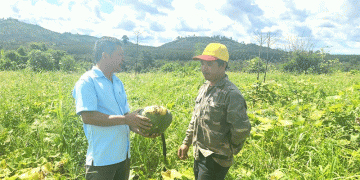The vegetable season is in full swing across Russia, yet many local producers are grappling with market access and pricing challenges. At a recent roundtable hosted by the “Krestyanin” publishing house, stakeholders from the agricultural sector convened to discuss these pressing issues.
One of the primary concerns raised was the stark disparity between farmgate and retail prices. For instance, the procurement price for potatoes stands at 6–8 rubles per kilogram, while the same potatoes are sold in markets for 30–35 rubles per kilogram. This significant markup not only affects consumer prices but also undermines the profitability of local farmers.
Compounding the issue is the underutilization of market spaces designated for local producers. In Rostov-on-Don’s central market, 30% of the area allocated for local vendors remains vacant. This underrepresentation is further exacerbated in major supermarket chains. For example, in stores operated by X5 Retail Group, 80% of the vegetable products are imported, leaving minimal shelf space for domestically grown produce.
These challenges persist despite an overall increase in vegetable production. According to data from the Ministry of Agriculture, the total vegetable harvest in Russia reached 13.93 million tons in 2024, marking a 0.6% increase from the previous year. However, the benefits of this growth are not evenly distributed among producers, especially small and medium-sized farms that struggle with distribution and market access.
The situation has prompted calls for government intervention. Some policymakers advocate for measures such as price regulation and support for local producers to ensure fair compensation and to promote the consumption of domestically grown vegetables. Additionally, there is a push for supermarkets to increase the share of local produce on their shelves, thereby supporting regional agriculture and reducing dependency on imports.
The current challenges faced by Russian vegetable producers underscore the need for a more equitable and efficient agricultural market system. Addressing the disparity between farmgate and retail prices, improving market access for local farmers, and promoting the consumption of domestic produce are essential steps toward a more sustainable and self-reliant agricultural sector.
